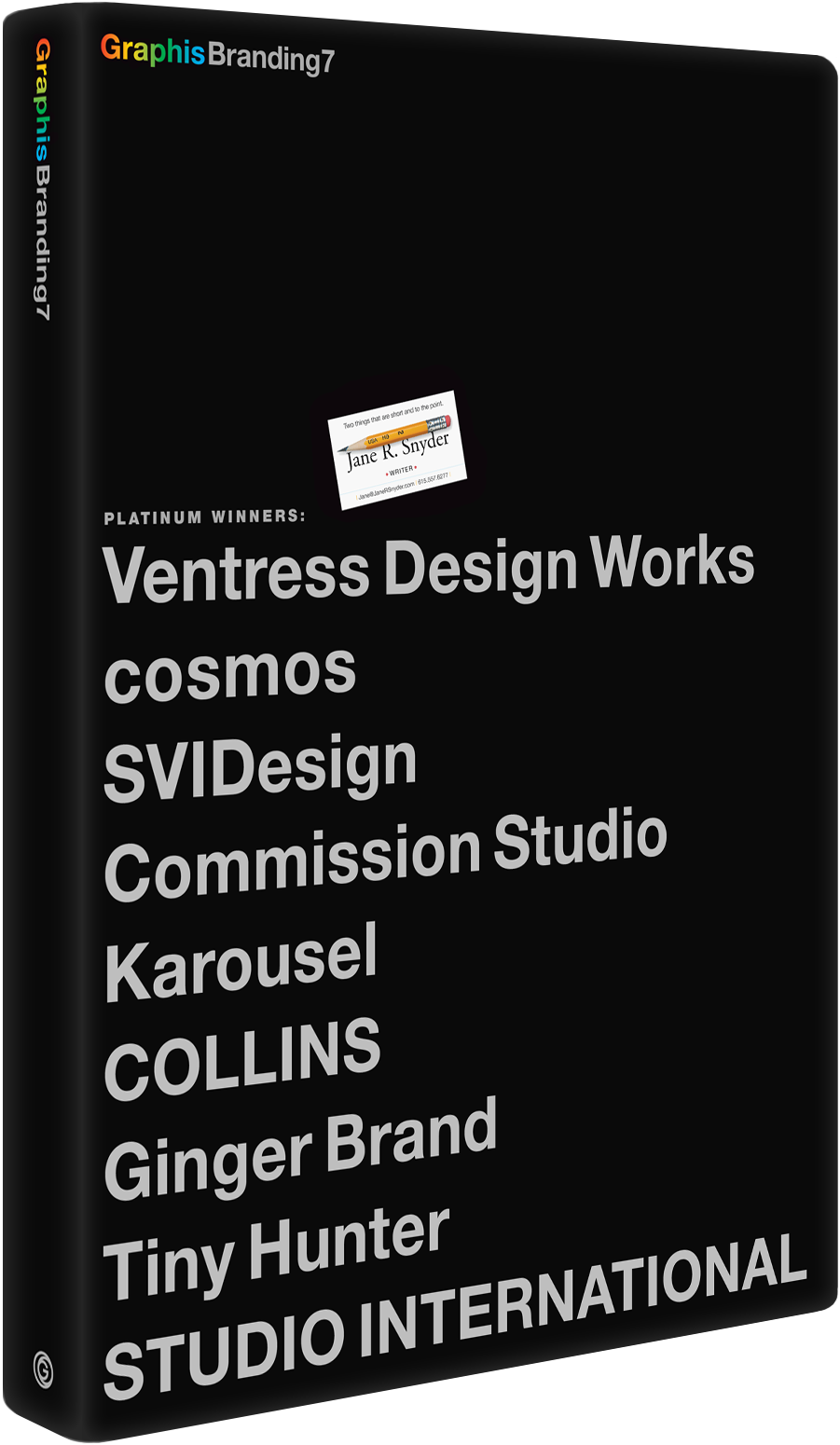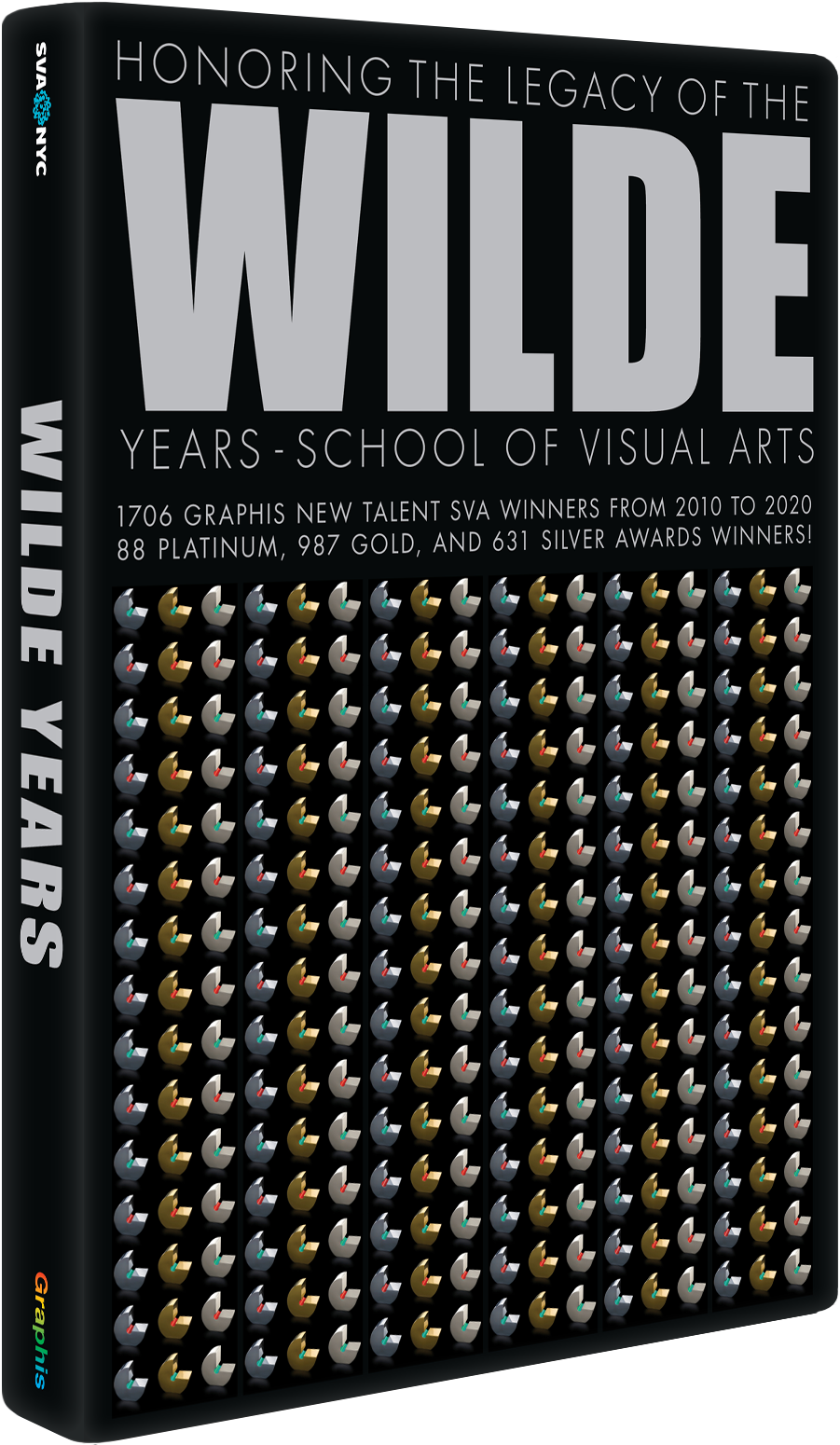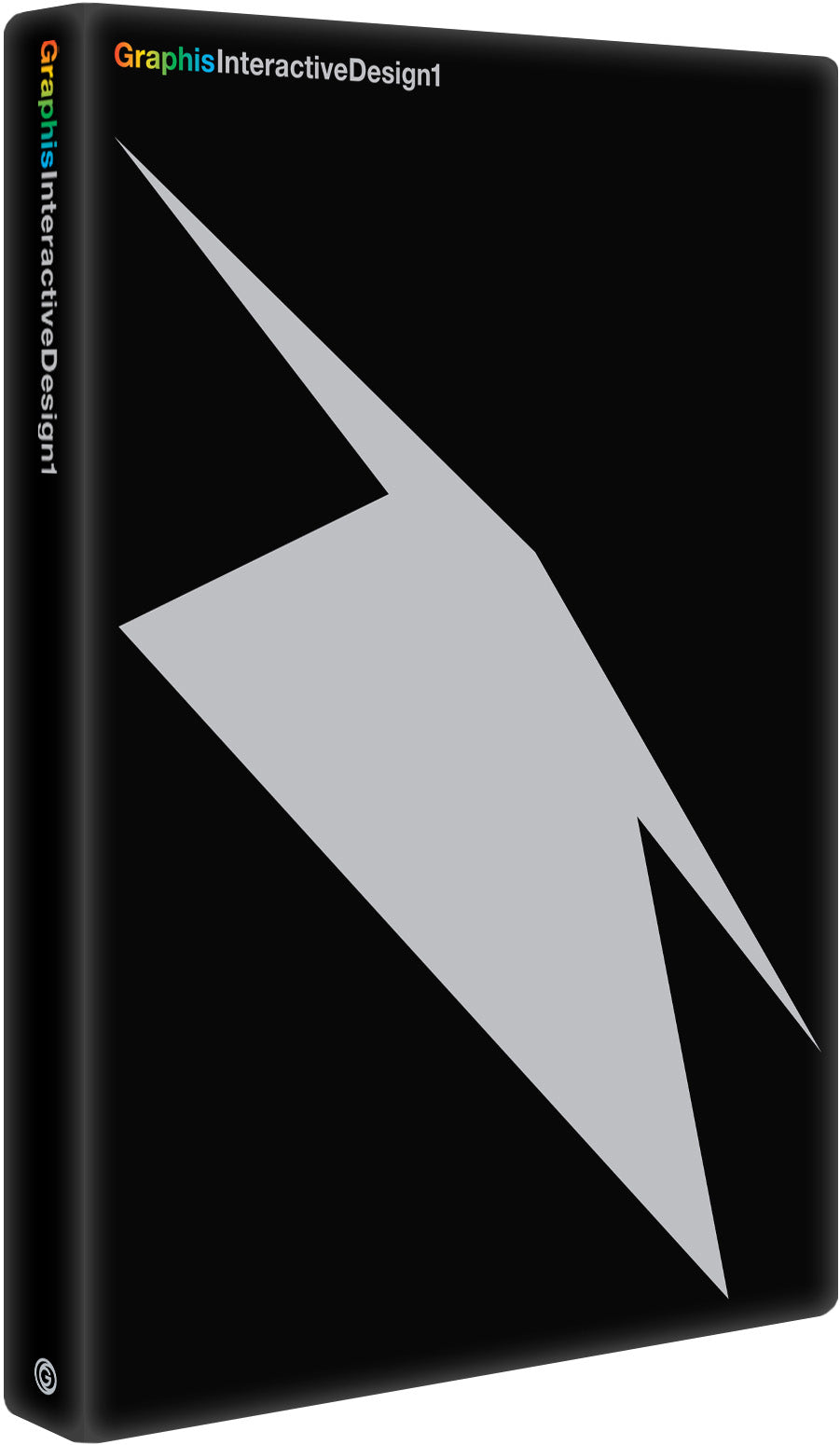Dan Saelinger’s Trippy Rebellion in Color and Light
There's something quietly radical happening in Dan Saelinger's 2025 Gold Award-winning series A Mushroom Study. It started at a farmer's market in Bend, Oregon and became a deliberate act of resistance—a photographer choosing to spend hours on set making decisions in the frame instead of in post.
In a moment when image-making has become synonymous with post-production wizardry, Saelinger made a different choice. The result is genuinely mind-bending.
Have work that demands this kind of intentionality? The Photography Awards accept submissions through November 25. Submit your project here.

Written By Dan Saelinger
“A Mushroom Study” came about after I stumbled across a stand at my local farmer's market in Bend, Oregon. There was a purveyor selling an overwhelming variety of mushrooms, and I was immediately taken with the range of shapes, colors, and textures. I started my career as a still life photographer and have a tendency for seeing minute details in the everyday. My inspiration for a project often comes from a visual spark in the random observation of an object. In the case of these mushrooms, it was browsing this market stand and becoming immensely fascinated with their exotic hues and organic architecture.
Initially, I started this project in more of a documentary style. Throughout the fall, I’d visit the market weekly to pick up a variety of mushrooms to bring into my studio. I’d then simply place one on a white surface in front of my Phase One medium format camera with an 80mm lens. This quickly felt flat, boring, and rather monotonous. I wasn’t capturing any of the interest I had initially seen in the mushrooms. There was no guttural connection to the work—I needed to mix it up.
Switching my lens to a Schneider 120 Macro immediately brought intimacy to the composition. Being so close not only heightened the details but also gave the mushrooms a more exotic, alien-like feel. I wanted to emphasize this “otherworldliness” that was emerging, so I began using gels with my lighting to accentuate some of their natural orange and yellow hues. Leaning into basic color theory, I then went opposite on the color wheel to pull in a few complementary tones and create more visual interest. I approached color in this project as a process of adding and subtracting—I’d start with a single tone, then add another, adjusting and refining until it felt visually right.
I continued this additive/subtractive approach on both the mushrooms and the background, wanting the images to feel like they were washed in a sea of color. These colors were captured in-camera, painted with light, and only slightly enhanced in post to emphasize certain tones and fix minor imperfections. It was important to me to keep the process camera-focused, rather than relying on post-processing or illustrative methods.
My lighting setup consisted of a Broncolor Sunlamp behind a piece of 210 Lee diffusion in a 3x4 frame as a key light, providing overall pop and defining shadow structure. Using reflectors with grids and a variety of gels, I’d place three to four more lights at different angles to apply color to both the mushrooms and the background. A softbox was placed overhead to softly illuminate the image and blend the colors together. Lighting isn’t a precise science for me—it’s about exploring possibilities, experimentation, and discovery. With digital photography, you can continually iterate on set quickly. When I finally land on the right illumination of the subject, it’s really an aha moment.
During this project, I photographed over a dozen different mushrooms and edited down to four that best embodied what I set out to create. Some early iterations ended up as test frames; others made it into post but were never shown. Editing is such an important aspect of image making that I think is often underappreciated. I could have kept going, expanding the series, but I felt I had reached a point of completion—I had landed visually on what enamored me when I first saw these mushrooms.
Commercially, I incorporate all sorts of tools beyond capture in my work—Photoshop, CGI, illustration, and now AI—to enhance imagery and achieve a range of visual results. Being an image maker no longer means just being on set to take a photograph. Less time is spent capturing the initial image as shot lists grow and timelines compress. You don’t always have the luxury of spending hours refining light.
For this project, I really wanted to lean into my traditional craft—color, composition, and lighting—and achieve my vision in-camera. I wanted to accentuate these mushrooms and use photography’s innate ability to curate a vision, taking a somewhat ordinary object and making it extraordinary. I took my time, spending hours on each mushroom to iterate and explore visual possibilities. Maybe it was a reaction to current AI imagery trends, or simply a desire to relish what attracted me to photography in the first place—probably a bit of both. Either way, this project was a cathartic process in image making. It’s about creativity in photography’s simplest form: making decisions in the frame through composition, color, and light, and spending time in the minutiae of it all. It served as a reminder that a great image doesn’t need an elaborate process—it’s about finding something magical through the craft of seeing.
About Dan Saelinger

Director, photographer, collaborator, and hooded sweatshirt enthusiast Dan Saelinger is known for his colorfully creative work and his all-around friendly demeanor. He got his start in New York, shooting conceptual imagery for a variety of major magazines, where he honed his creative ideation skills.
Dan’s work spans many genres, from food and people to tech, still life, animation, and motion. A mashup of pop cultural references and art history influences, his imagery is visually clean yet bursting with nuanced detail. He brings a genuine sense of creative playfulness to set and thrives on the collaboration inherent in every project he tackles.
Social: Webiste, LinkedIn, Instagram

You may also like
How Darnell McCown Creates Luxury Timepiece Catalog Imagery
From a childhood fascination with cameras to a celebrated career capturing the elegance of timepieces and jewelry,…
Read MoreSunlight, Foam, and Perfect Pours: Carlsberg Like You’ve Never Seen
A simple beer has never looked this good. Jonathan Knowles, the photographer who is awarded Gold in…
Read More
Related Annuals & Publications
View AllBecome a Graphis Member
- 1-Year Membership Subscription
- Enjoy 50% off on Call for Entries
- 1-Year FREE Subscription to Graphis Journal
- Your Portfolio online with profile + links
- Get 20% off on Graphis Books








